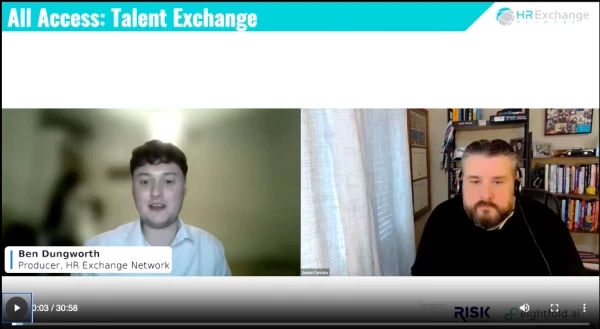STEM Training to Grow a Future Workforce
Add bookmark
Obama noted in his 2012 State of the Union Address: "I also hear from many business leaders who want to hire in the United States, but can’t find workers with the right skills. Growing industries in science and technology have twice as many openings as we have workers who can do the job…Model partnerships between businesses like Siemens and community colleges in places like Charlotte, and Orlando, and Louisville are up and running. Now you need to give more community colleges the resources they need to become community career centers -– places that teach people skills that businesses are looking for right now, from data management to high-tech manufacturing."
But Obama’s ideas are not new. He’s talking about workforce and training programs already in place. Community college systems in states across the nation already have workforce development programs which work closely with local city planners, and trade schools are partnering with local industrial and community businesses to train area workforces. For example: Northrop Grumman Newport News Shipyard (NGNNS) partners with Tidewater Community College to create a ship repair and welding program which results in an Associate’s Degree. These graduates are hired by NGNNS upon successful program completion. Old Dominion University in Norfolk, VA (as well as the other USA universities) has a workforce development program via their colleges – Business, Education, etc., which partners with local businesses to plan course content around needs of local businesses in their geographic area.
But it's not the colleges where our country needs Science, Technology, Engineering, and Math(STEM) education-- it's in middle and high schools where STEM education is currently not solidly embedded in day-to-day teaching. STEM curriculum encourages student involvement and curiosity about science, technology, engineering and the math America is now depending on so heavily from outside the USA. China and India saw the future and invested heavily in higher educational systems and universities. In the last five years, there has been a drastic downturn of foreign students coming to American universities for their graduate degrees. The countries on which we had been depending upon for these STEM trades are getting smart, and upgrading and empowering their own in-country universities ‘to grow their own,’ and retain those graduates in their own countries. This means less homegrown tech-educated workers for the USA – many of whom are digital natives and electronics savvy, but couldn’t explain how a power tool works or how their smart phone operates.
How can the US combat this skills gap? Get rid of Standards of Learning (SOLs) and Federal dictates for learning standards, let the states take over and decide standards for their specific populations and workforce needs. Get rid of the Department of Education and just have one small office which funnels congressionally approved federal matching funds to the states. Allow vouchers and competition between public and private schools. Then WATCH the quality of the education in this nation skyrocket because kids will now be taught to think and analyze versus filling in forms and memorizing rote answers. Parents know their children’s future earning abilities are based upon the type and value of education the kids receive in K-12, and not necessarily what they learn in college.
Yes-- the workforce needs educated citizens, but not all are destined or should be pushed to go to university. Instead, push some students towards the technology and vocational workforce training that is also needed. The private sector should be able to either get involved via outsourcing methodology or offer competitive and reliable resources for educating the workforce of the future.
How does this affect Human Resources? It means large companies (and HR leaders) should consider internal STEM training and with more involvement in external partnering with local trades, businesses, and academic schools to grow a future workforce or train the current workforce. HR may have to take on remedial training for the low quality of public school curriculum and train their workforce to think in terms of STEM enhanced knowledge. It means when hiring a new worker, HR must think in terms of ‘What additional training can be provided to a skilled or knowledge worker?’ that can not only enhance their current abilities, but provide a dynamically enhanced basis upon which the company can use those skills for their own strategic short- and long-term plans for growth. HR’s main goals in business are to decrease overhead costs for administrative support, reduce liability for the company, and to increase timeliness of delivery of value-added services to its internal customers – the employees and staff. Depending upon the type of business or company, HR may have to make the commitment to be the outreach to local workforce development resources to increase the availability of its human assets for future business plans and goals.
















